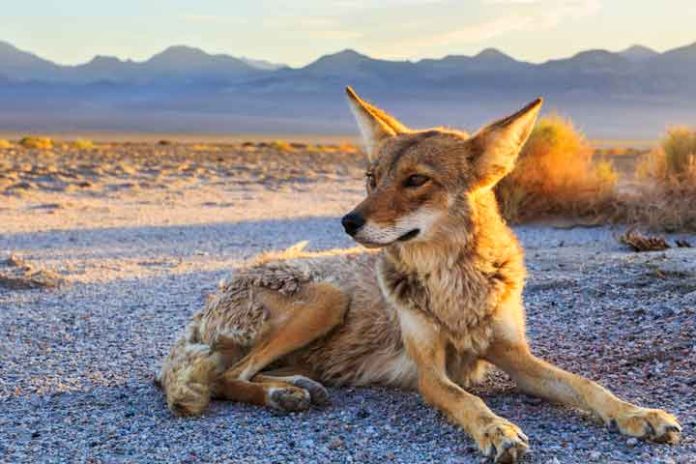PARSIPPANY — Parsippany-Troy Hills Mayor’s Action Center has received call regarding a coyote seen in the Powder Mill area.
Coyotes (scientific name: Canis latrans) are members of the dog family, or Canidae, and are native to North America. They are highly adaptable animals and have a varied diet. Here’s a brief overview of these interesting creatures:
-
Appearance: Coyotes resemble small to medium-sized dogs. They have a slender snout, erect pointed ears, and a bushy tail, which is often tipped in black. Their coat color can vary but is typically a mix of gray, white, brown, and black.
-
Size: Adult coyotes weigh between 20 to 50 pounds and measure about 4 to 5 feet in length from the tip of the nose to the end of the tail.
-
Habitat: Coyotes can thrive in a variety of habitats, from deserts and grasslands to forests and urban environments. Their adaptability is one of the reasons they are widespread across North America.
-
Diet: Coyotes are omnivores. Their diet can include small mammals (like rabbits, rodents), fruits, insects, birds, and even carrion. In urban environments, they might also eat human-provided food, such as garbage or pet food.
-
Behavior: Coyotes are known to be cunning and intelligent. They are generally nocturnal, although it’s not unusual to see them active during the day, especially in urban areas.
-
Vocalization: Coyotes are known for their distinctive calls, which can include yips, howls, and barks. These calls can be heard over long distances and are used for communication between individuals or to mark territory.
-
Reproduction: Coyotes form monogamous pairs and raise their offspring together. A typical litter consists of 4-6 pups. The pups are born blind and defenseless but develop rapidly.
-
Role in Ecosystem: As predators, coyotes play a crucial role in controlling populations of small mammals and other prey species. However, their presence can sometimes lead to conflicts with human activities, especially when they prey on livestock.
-
Adaptation to Urban Environments: In recent decades, coyotes have increasingly adapted to urban and suburban areas. Their adaptability and intelligence allow them to navigate environments and find food sources, even amidst human activity.
-
Human-coyote Interactions: While coyotes generally fear humans and try to avoid them, conflicts can arise. There have been instances of coyotes attacking small pets, and occasionally, they might display aggressive behavior towards humans, especially if habituated to human food or if they feel threatened.
If you want to coexist peacefully with coyotes, it’s essential to avoid feeding them, secure trash cans, and supervise small pets when they are outside. Educating the community about coyotes and their behavior can help reduce conflicts and misunderstandings.













